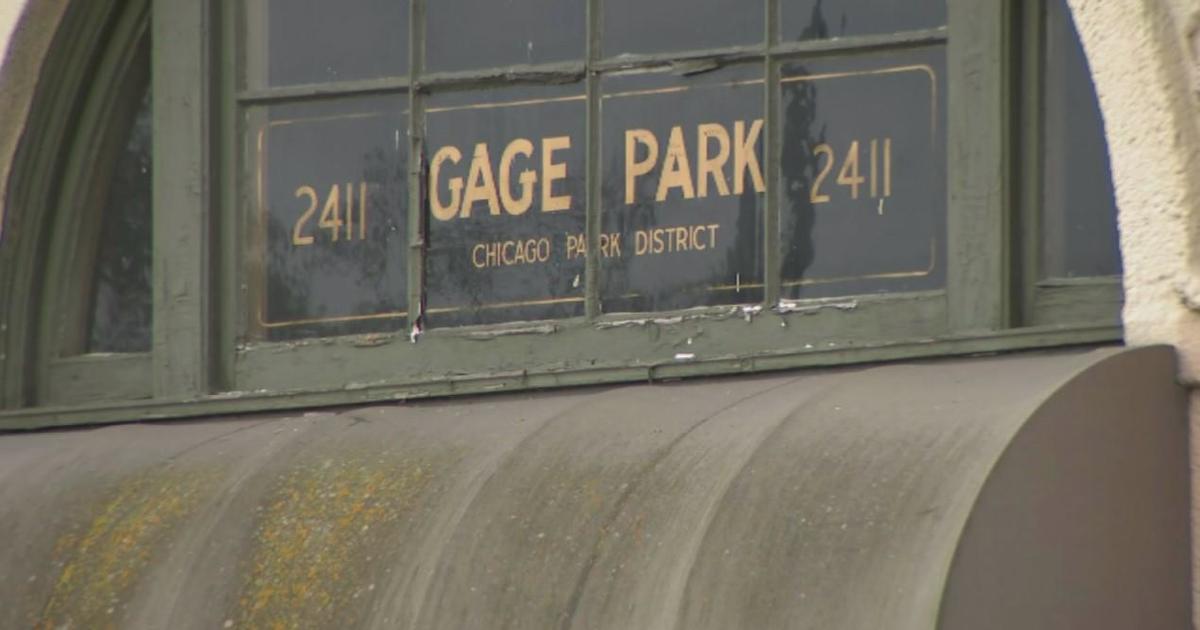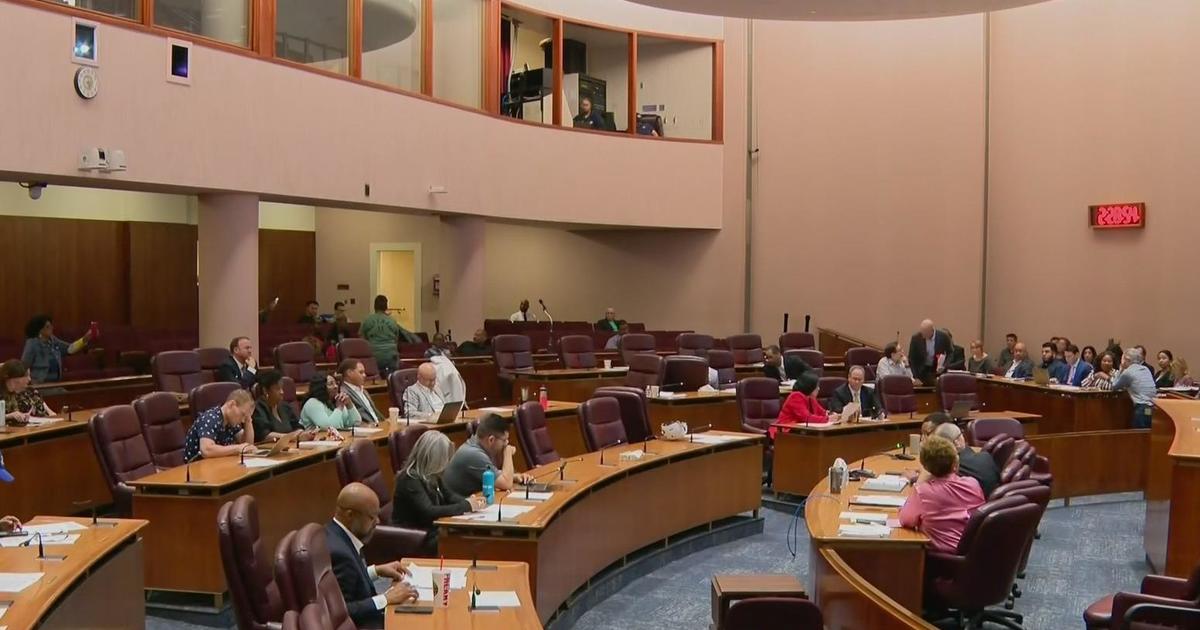Army Corps Of Engineers Wants To Expand Contaminated Sediment Dump Vertically; Calumet Park Neighbors And Park Advocates Not So Sure About It
CHICAGO (CBS) -- Any day now, a section of Chicago's lakefront could get the OK to grow 25 feet taller – with a pile of contaminated materials.
CBS 2's Lauren Victory took use Tuesday into the fight for, and against, the Calumet dump.
Fourteen miles to the southeast of Chicago's Financial District is the city's other money maker – the Illinois International Port District.
A total of 17.5 million tons of cargo, and $500 million in business, pass through the port district annually. And the commerce could literally get stuck.
"It's just our job to maintain by dredging so that the ships can get through," said Mike Padilla, project manager for the U.S. Army Corps of Engineers.
Padilla is tasked with finding a place for sediment that builds up in the Calumet River.
Since 1984, the contaminated materials have gone into a special tub on the shores of Lake Michigan.
From The Army Corps Of Engineers: What's In The Sediment?
[scribd id=445441562 key=key-Rvxo1EckpiOlRUZEbCBK mode=scroll]
From The Army Corps Of Engineers: How Is The Sediment Currently Managed?
[scribd id=445441959 key=key-8f6Xxnx5yQuTnHMLkNjN mode=scroll]
That special tub is right next to Janice Lusk's happy place – Calumet Park.
"So to come and dump more stuff over here? Come on, no," she said.
But likely, yes. The federal government anticipated closing the Chicago Area Confined Disposal Facility in 2022, but will present a final proposal this month to keep the dump open another 20 years – and pile the muck 20 feet or so into the air.
"We looked at 60 different sites since 2015 - alternative sites," Padilla said. "The public did not really want us to build a new facility. They were like, 'You know, this is contaminated material - not in our backyard,' sort of thing."
Is Padilla surprised that there is still opposition?
"Not really. I think that some people would say, 'Hey, you're supposed to be done by now,'" he said.
Yep.
"The idea was that the pollution dump would be capped," said Friends of the Parks executive director Juanita Irizarry.
The waste is actually sitting on land owned by the Chicago Park District.
"Friends of the Parks has a long-term vision for Chicago to complete the entire lakeshore path all the way down to Indiana, and this spot right here should be turned into a park," Irizarry said. "That was the original plan."
From The Army Corps Of Engineers: Why Not Treat The Sediment?
[scribd id=445442241 key=key-2QbVJCONFi18PJT7Desd mode=scroll]
The Park District confirmed that is still the goal, though now delayed decades.
We wondered if revenue plays a role, but a parks representative said no.
Friends of the Parks also worries about erosion issues, dust pollution, and overall facility maintenance.
The Army Corps of Engineers responds to all these concerns on a dedicated portion of their website.
From The Army Corps Of Engineers: How Would The Environment Be Protected?
[scribd id=445442780 key=key-DYZYrlti4dQEScf3K9Xm mode=scroll]
From The Army Corps Of Engineers: How Would Air Quality Be Protected?
[scribd id=445443182 key=key-ZjNsVFDXZAhw4itlJshM mode=scroll]
From The Army Corps Of Engineers: How Would Vertical Expansion Be Designed?
[scribd id=445443210 key=key-jFQ9vew9LkUlktfaRJtu mode=scroll]
The Corps has constructed nearly 50 confined disposal facilities across the Great Lakes since the 1960s. Several are now closed and converted into marinas, wildlife areas, and parks.



